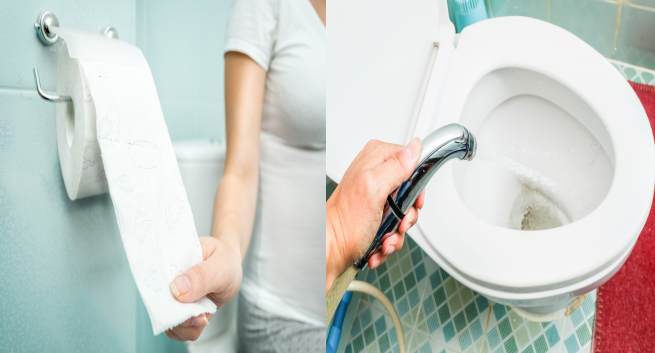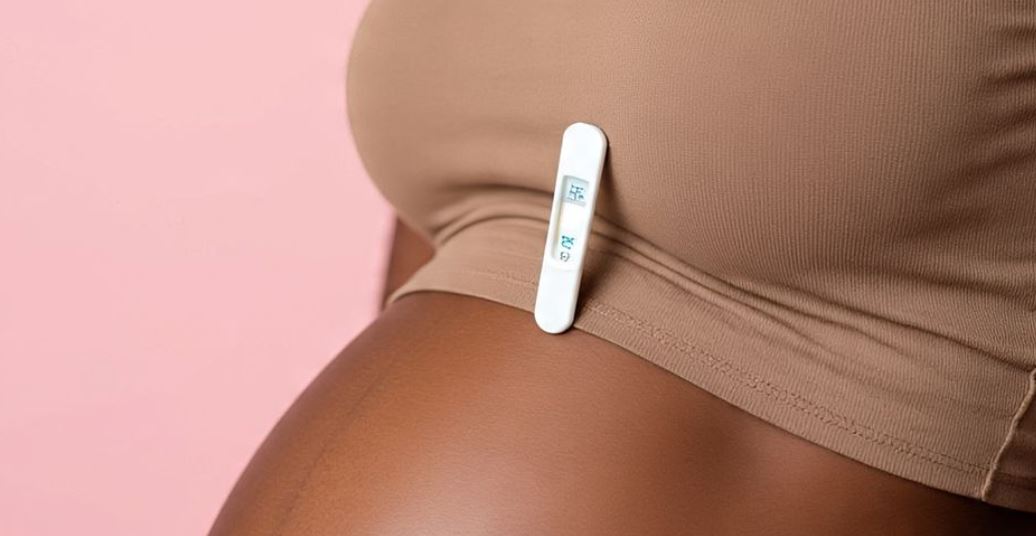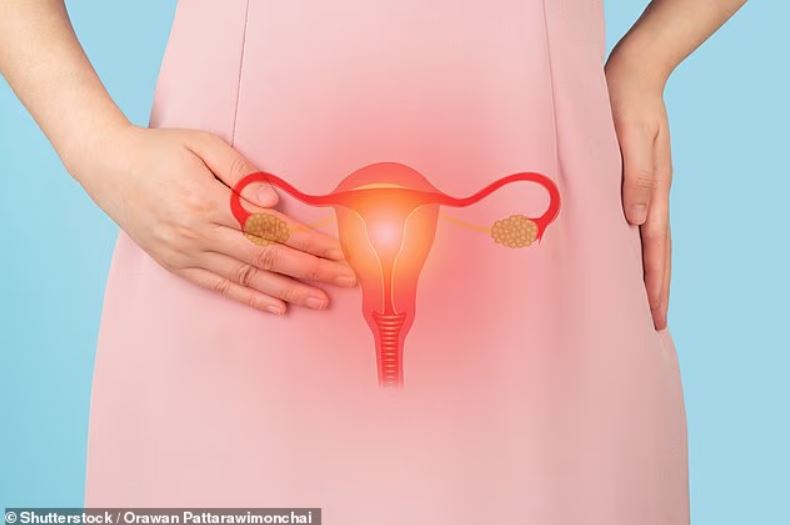Information available to Homemakers reveal that there is a presence of bacteria in and around toilets, as it gets dispersed up to 10 inches above toilet seats each time you flush. The bacteria is also said to be known to cause severe vomiting and other gastric problems in some cases. These aerial bacterial levels are highest just after flushing, but such contaminated droplets can also be found up to 90 minutes after flushing.
How To Counter This Risk?
Researchers found that simply closing the lid of the toilet seat before flushing reduces the spread of bacteria by up to 10 times.
As Homemakers, it is also advised not to store your hygiene products like toothbrushes, contact lenses, or glasses for mouthwash in the vicinity of your toilet.
If you are out in public and are confronted with lidless toilets, make sure to wash your hands thoroughly. More important than sanitizing your hands, try to spend as little time as possible in public toilets and only flush just before you are ready to make your exit.
While you may be immune to most of the germs you come in contact with, even in our less-than-hygienic public toilets, there is always a risk of picking up an infection, especially at times when your immunity has fallen low.
To spare yourself the discomfort of having to battle abdominal cramps, vomiting, fever, and other unpleasant symptoms, be more wary of the dreaded ‘toilet plume’.
Also invest in a pack of antibacterial wipes for yourself and your family. This can also be used for your faucets, and most of all, for the bottom of your bags and purses after using the toilet. If your toilet does not have a lid, try to buy or fix it. Train your family on the importance of covering the toilet before flushing.
























